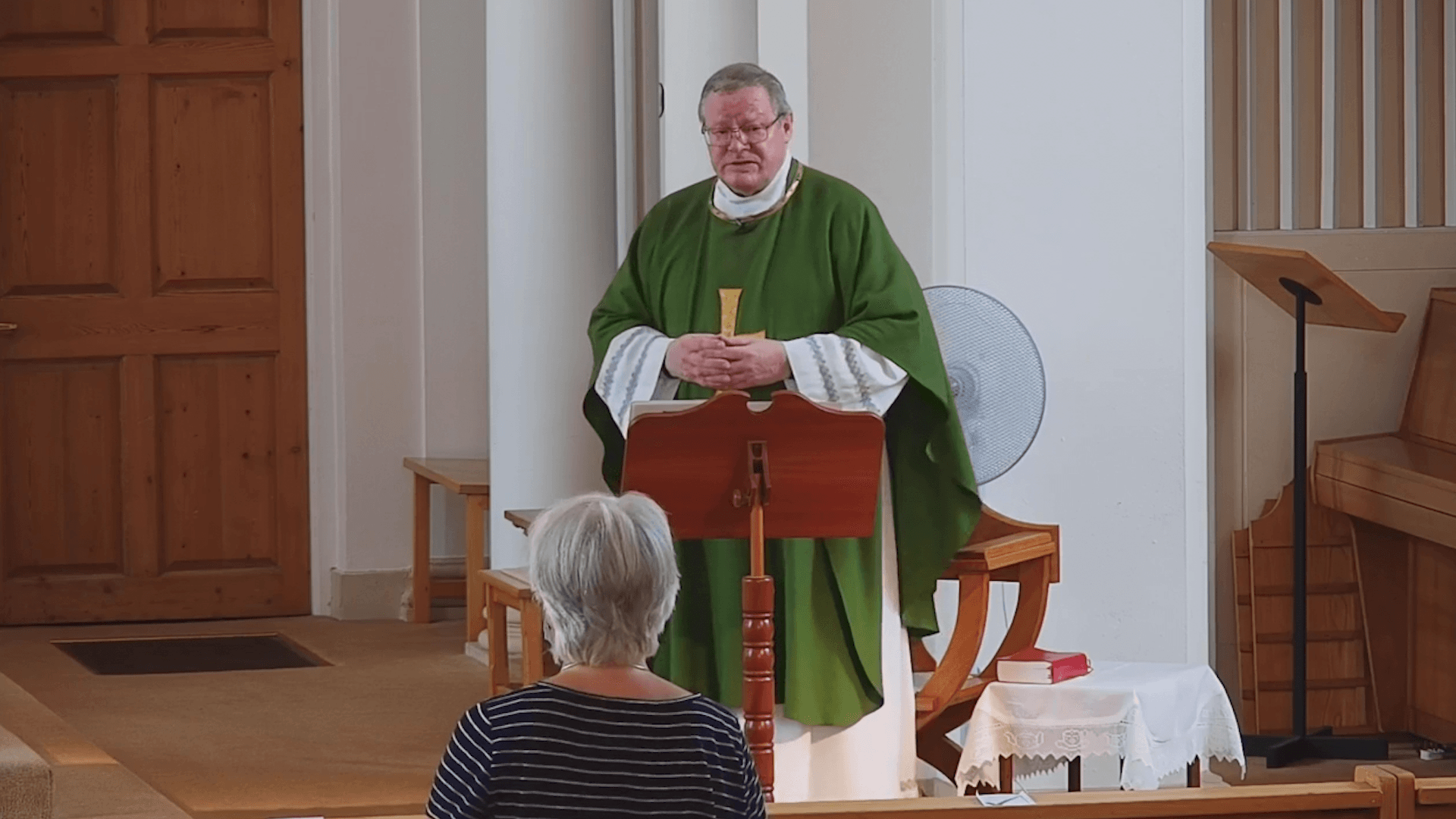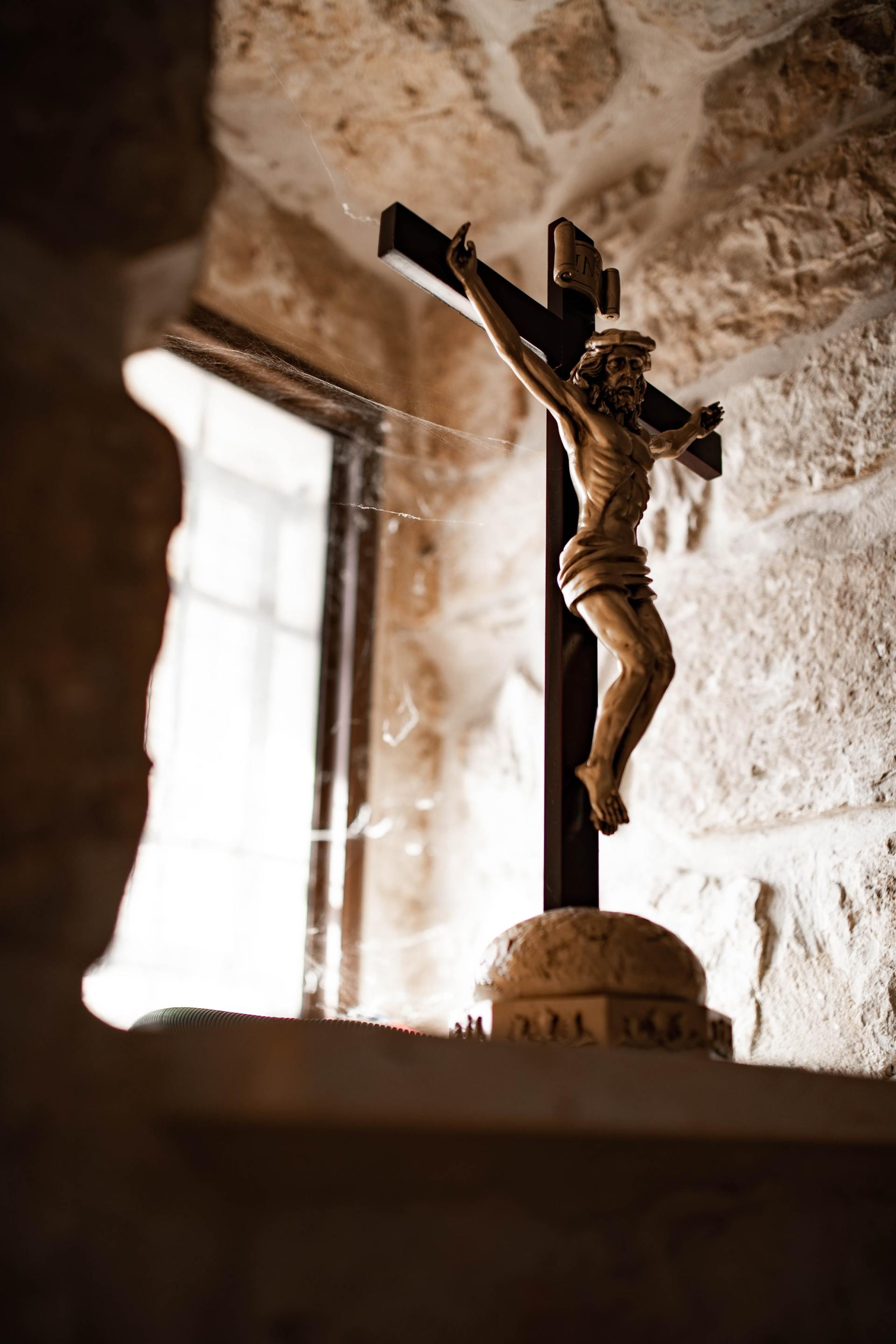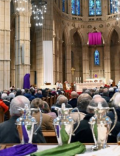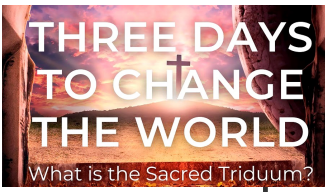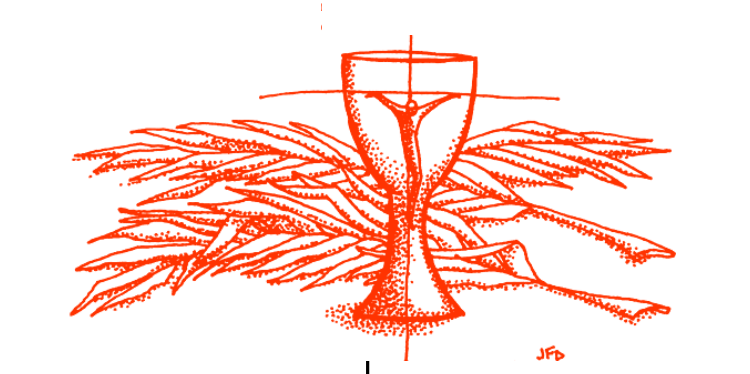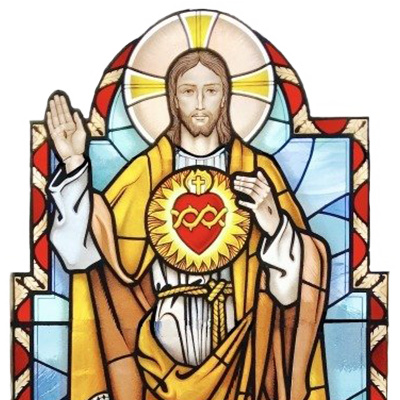1st August 2021
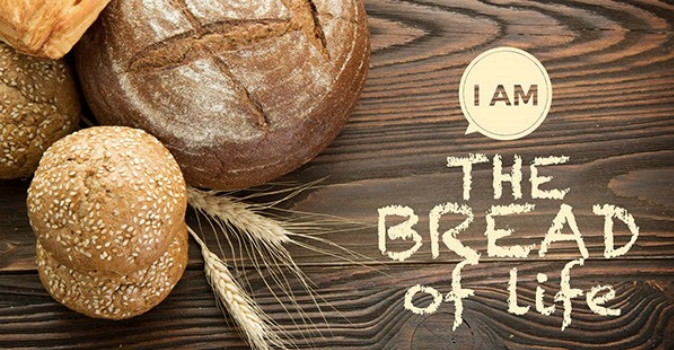
After the multiplication of the loaves the crowds hail Jesus as a prophet and want to make him king, so he withdraws from them. When they find him, they ask, “When did you get here?” The question serves as foil for Jesus to say that they were interested only in the material benefits of the feeding without seeing that it was a symbol of the “food that endures for eternal life” and which the Son of Man will give. Highly condensed in this answer is a summary of the whole ministry of Jesus. He will come to bring eternal life, that is, the fullness of life to people, and this will be brought about through the cross, when the Son of Man who is lifted up will draw all people to himself (John 12:32).
The misunderstanding continues in the next question posed by the crowds, who seek some easy way to perform the works of God (such as the multiplication of the loaves). The Johannine Jesus responds with another foundational theme of the gospel: “This is the work of God, that you believe in the one he sent.” At the conclusion, in John 20:31, the evangelist will comment, “But these [things] are written that through this belief you may have life in his name.” Believing, which is never a noun in John (that is faith), is the aim of the whole gospel and challenges readers to accept the extraordinary claim that in the very text of the gospel they encounter the transcendent God in the person of the Word made flesh.
Yet another misunderstanding is posed to Jesus, where the crowd seems to oppose this “work” with the gift of manna in the desert (a miraculous work of God), which Jesus again counters by saying that the manna was not a miracle of Moses, but God’s gift of bread from heaven, and that God’s bread from heaven gives life to the world, and he is the Bread of Life, so that “whoever comes to me will never hunger, and whoever believes in me will never thirst.” The next major section of the discourse extends from this saying to its repetition in 6:51, when in clear eucharistic language Jesus will speak of eating his flesh and drinking his blood.
Two major themes are woven into the tapestry of this discourse which help to shape eucharistic theology today. In the Jewish tradition the manna in the desert came to be associated with the giving of the Torah, so that believers are nurtured by God’s teaching as were their ancestors in the wilderness, and the wisdom of God is often portrayed by the metaphor of food. Throughout the first section of the discourse (6:24-51), while speaking of the bread of life, Jesus uses language of believing, drawing near, and listening, terms that are associated more with assimilation of wisdom than eating. The full participation in eating the body and drinking the blood of Jesus (6:55-56) follows upon personal commitment and love which draws a person to absorb the teaching of Jesus and imitate his life given for others (John 13:34; 15:12).
